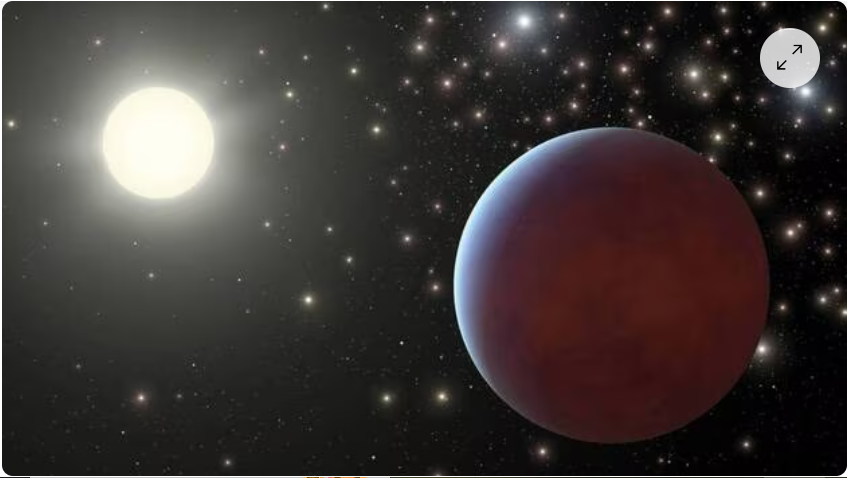discovery of two new planets, probably "aquatic worlds"

This type of planets had never been observed before. It is now done thanks to Canadian astrophysicists who believe they have discovered two exoplanets covered with up to 50% water.
Another incredible discovery. Astrophysicists from the University of Montreal believe they have discovered two "aquatic worlds" 218 light years from our Earth. As the NASA Blog reports, scientists have found evidence that these exoplanets orbiting a red dwarf star are made up largely of water . "These worlds, located (...) in the constellation of Lyra, do not resemble any planet in our solar system" , informed the American space agency.
Named Kepler-138-d and Kepler-138-c, these exoplanets have been observed through the Spitzer and Kepler space telescopes and were featured Dec. 15 in the journal Nature Astronomy .
?Space: the aquatic worlds, third type of planet
Water was not directly detected. The researchers compared the sizes and masses of the planets to the models, and concluded that the bulk of the material found had a volume lighter than rock but heavier than hydrogen or helium , the gases that make up Jupiter. The stars therefore do not seem to be rocky or gaseous .
"We used to think that planets a little bigger than Earth were big balls of metal and rock, like enlarged versions of Earth, and that's why we called them super-Earths," explained on the University site , Björn Benneke, co-author of the study and professor of astrophysics. “However, we have now shown that these two planets are quite different in nature and that much of their total volume is probably made up of water. This is the best evidence yet for water worlds, a type of planet that has been theorized by astronomers to have existed for a long time."
No liquid water
The water of these exoplanets would extend to a depth of about 2000 kilometers , compared to 3.7 kilometers for the Earth, but due to the short distance with their star, it would not be in liquid form. "Imagine versions larger than Europa or Enceladus, the water-rich moons orbiting Jupiter and Saturn, but much closer to their star" , illustrates Caroline Piaulet. “Instead of an icy surface ,” the two discovered planets “would harbor large envelopes of water vapor .”
The oceans and atmospheres of Kepler-138c and Kepler-138d would therefore not resemble those we know. "The temperature in the atmospheres there is probably higher than the boiling point of water, and we expect a thick and dense atmosphere made of vapor on these planets" , continues the lead author. "Only beneath this vaporous atmosphere could there potentially be liquid water at high pressure, or even water in another phase that occurs at high pressure, called supercritical fluid."

In addition, the two stars are outside the habitable zone of their star. Therefore, the presence of liquid water on their surface is not possible. On the other hand, thanks to the data from the telescopes, the researchers also have the probable existence of another planet in the system, Kepler-138 e, in the famous habitable zone.
Source : websites

